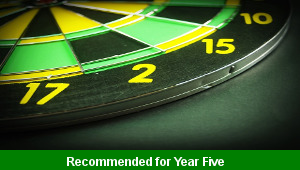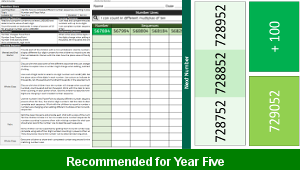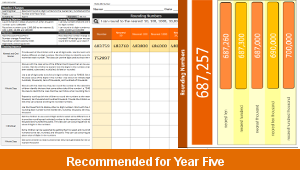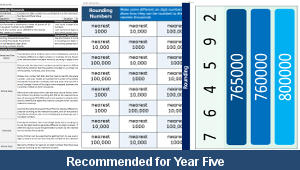Lesson Three – Birthday Shopping

This maths teaching pack for Key Stage Two gets the children to explain and model how to use concrete objects and partitioning to add pairs of money amounts to five pounds to buy things needed for a birthday party.
The class can describe how to use informal written methods when adding a pair of numbers using their knowledge of the place value of the digits in the money amounts.
Download this teaching pack including a lesson plan, classroom activities and an interactive presentation to explain and model how to use concrete objects and partitioning to add pairs of money amounts to five pounds to buy things needed for a birthday party
Activities in this teaching pack include a differentiated set of worksheets to select pairs of items that can be bought for a birthday party to add together by partitioning the money amounts into pounds, ten pence coins and pennies using informal written methods.
The interactive presentation gets the children to explore how to use use concrete objects and partitioning to add pairs of money amounts to five pounds to buy things for a birthday party.
This lesson is part of a maths scheme of work to get the children to add, subtract and convert money amounts between pounds and pence using informal written calculations when finding totals and change received on different shopping trips. There are teaching activities for shared learning, differentiated worksheets to support independent learning and interactive presentations to introduce concepts and key skills.
-

Number Rounding
Practise comparing and rounding numbers to six digits to their nearest ten, hundred and thousand by utilising the place value of their digits
-

Number Lines Rules
Identify and record how to complete a selection of number sequences for five and six digit numbers when counting in steps of different powers of ten
-

Rounding Number Changes
Explain and model how to round a range of different six digit numbers to the nearest ten, hundred and thousand by the place values of their numerical digits
-

Rounding Thousands
Investigate how to compare a selection of different six digit numbers by rounding them to the nearest thousand using the values of their listed numerical digits
